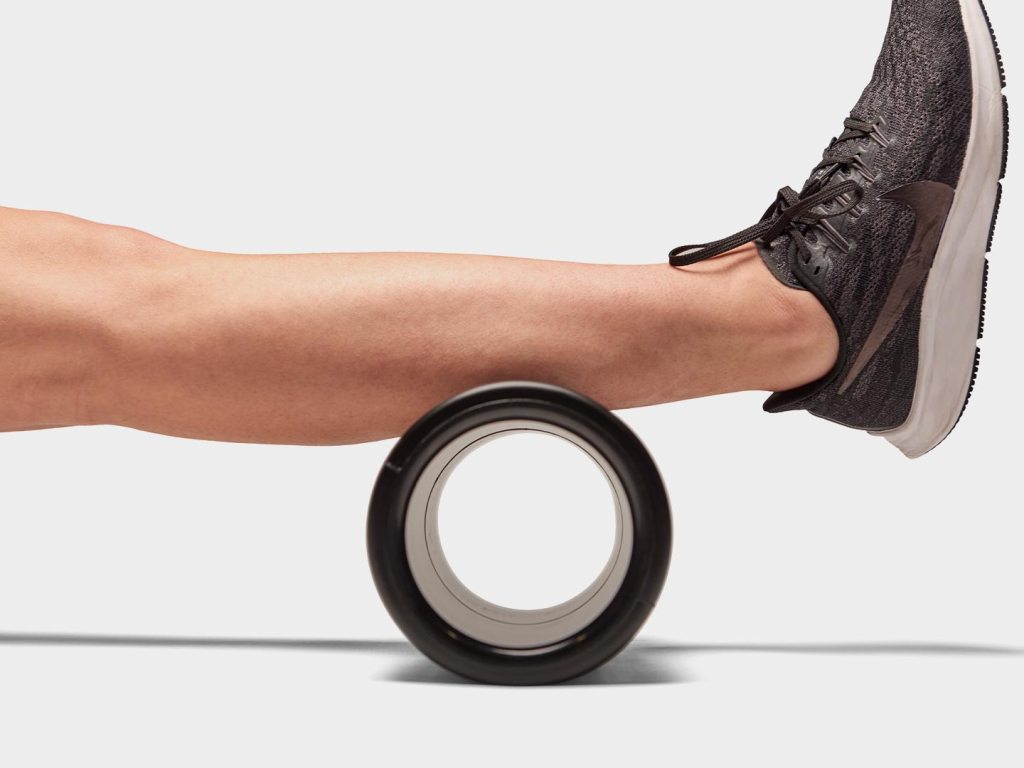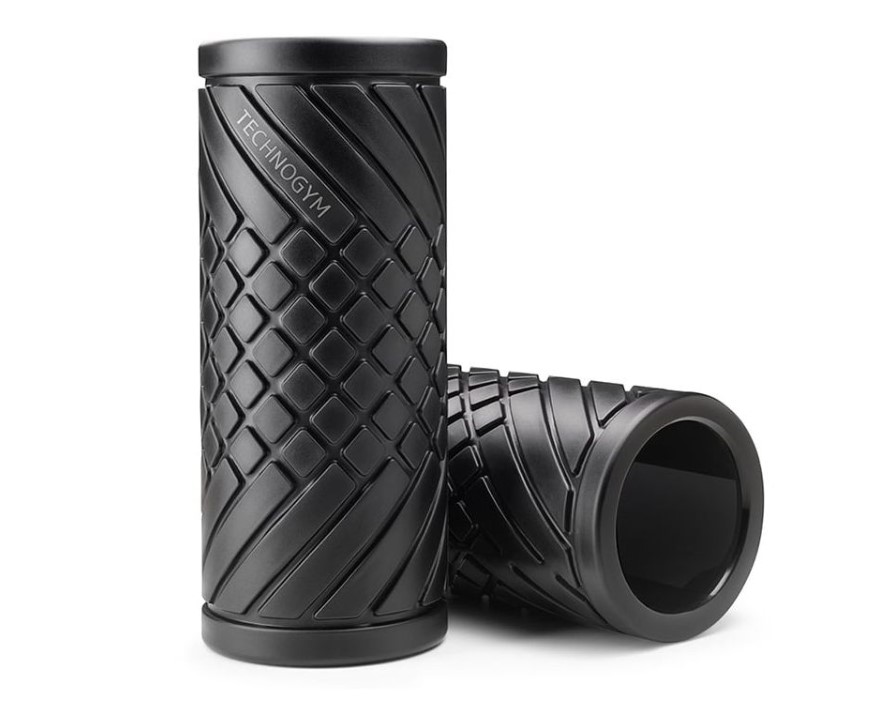Technogym takes a different design approach with its slimline roller but does it justify the high price?
Technogym produces a huge arsenal of fitness gear, from bikes and treadmills to weights, benches, balls and bands. One of its cheaper offerings is its foam roller, but at $85 it’s still pricier than most. So does it deliver the recovery benefits to justify its price? I added it to my recovery regime and stretching exercises to see this was one of the best foam rollers for workout recovery.
Men’s Fitness verdict
Technogym takes a different design approach with its slimline roller but we’re not sure it justifies the high price. Still, three textures and varying firmness make it a useful recovery tool.- Three different textures
- Lightweight yet sturdy
- Varying firmness
- One of the more expensive options
- Ridges not pronounced enough for deep massage
How we test the best foam rollers
Though most people predominantly use foam rollers for massaging tight hamstring and calf muscles, they can be used for every body part. So our testers used each roller after exercise for these best foam roller moves. They massaged and manipulated the tissue and muscles in their feet, shins, adductors and quads, as well as their upper and lower back, pecs and lats. They also used these moves in conjunction with complimentary stretching exercises, such as the best hip stretches and best shoulder stretches.
Technogym foam roller features
Two things struck me when I first unwrapped the Technogym foam roller. Firstly, at just 0.3in / 8mm thick, it’s a little thinner than most rollers. Secondly, rather than a perpendicular pattern of knobs and ridges, it features an unusual diagonal pattern.
On closer inspection I also noticed that the gaps between notches were closer than the likes of the Umi foam roller. Unsurprisingly, because of the shallower foam, those notches aren’t as deep either. I initially though there were only two textures, with square nodules in the center and longer strips towards the edge. But there’s also a continuous strip on the very edge which also has its uses.
At 13in / 33cm long, it’s an average size for a roller, but still significantly shorter than even the shortest version of the Amazon Basics roller. That does make it lightweight and compact, though, so it’s easy to sling in a bag for immediate post-gym recovery work.

Technogym foam roller performance
As I started to use the Technogym roller, my concerns about its shallowness were quickly eased. What it lacks in depth it makes up for in varying firmness. The center is firmer that the outside, which I found useful to graduate massage pressure.
I did miss a greater notch depth, and bigger spaces between them, to really get into tired muscles. But I did find the edge of the continuous outside band a useful substitute. (Be careful when massaging on the very edge, though, as the rubber stops flush against the edge and you could find yourself pressing sore muscles against hard plastic.)
The diagonal pattern worked well, although I often found myself using the roller diagonally to get the pattern to work laterally against sore calves and hamstrings.
Overall, the Technogym is a useful variation on the standard foam roller design. It may be a little too short for full back massaging and lacks the depth to really get into knotted muscles but it could work for you if you prefer a less intrusive roller – and it’s ideal to complement your daily mobility stretches. I do think the price is a little steep though.
| Foam thickness: | 0.3in / 8mm |
| Length: | 13in / 33cm |
| Color: | Black |
Related content:







